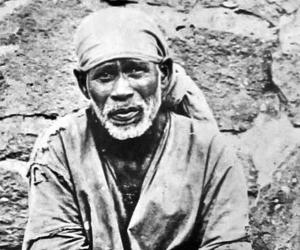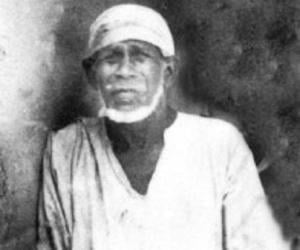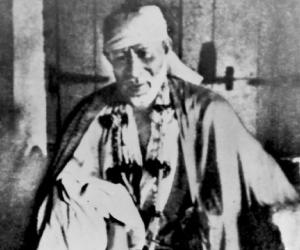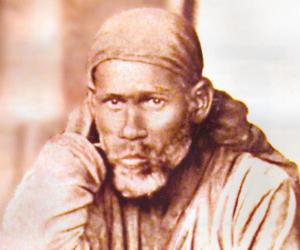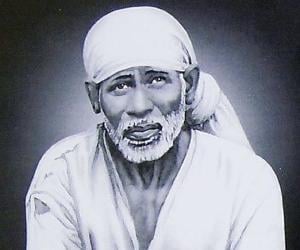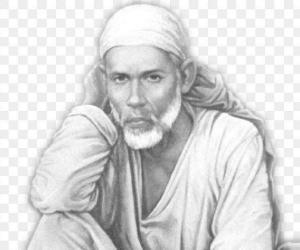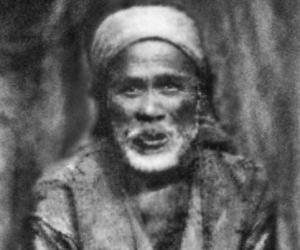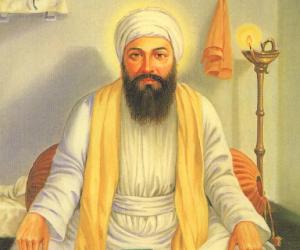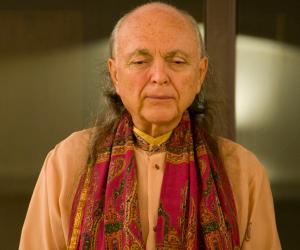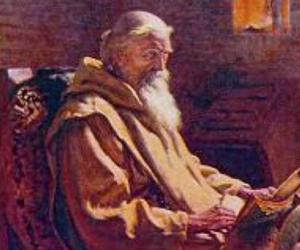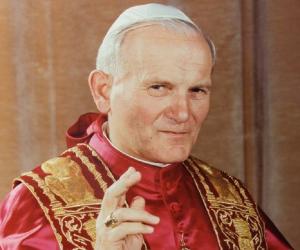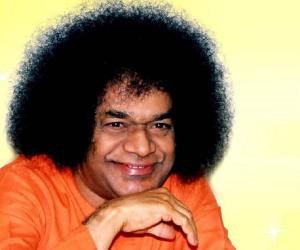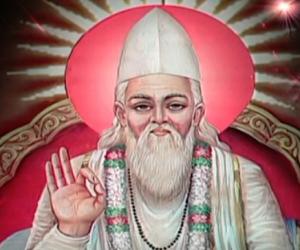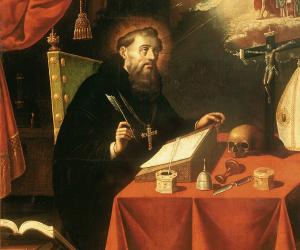Born In: India
Sai Baba of Shirdi
(Spiritual Guru)
Shirdi Sai Baba was an Indian spiritual master who was revered by both Hindu and Muslim devotees. He himself did not follow any specific religion and advised his devotees to transcend the man-made barriers of religion and embrace the principle of universal love for all creatures. His devotees regarded him as a saint, fakir, and satguru, according to their individual proclivities and beliefs. Sai Baba was a very popular master during his lifetime and continues to be revered by people around the world, especially in India. He taught that the sole purpose of human existence was self-realization and directed his followers to follow a path of love, forgiveness, inner peace and charity. He followed no religion and made no distinctions based upon religion or caste. His teachings combined the elements of both Hinduism and Islam—he lived in a mosque, but assigned a Hindu name, ‘Dwarakamayi’, to it. He is believed to have arrived at Shirdi as a young man and remained there till his death. The details regarding the early life of Sai Baba remain a mystery as he did not divulge any information about his place of birth or birth name to anyone. At Shirdi, he gained the reputation for being a learned soul with his spiritual discourses and over the years endeared himself to thousands of followers from all over India and abroad
130
16
